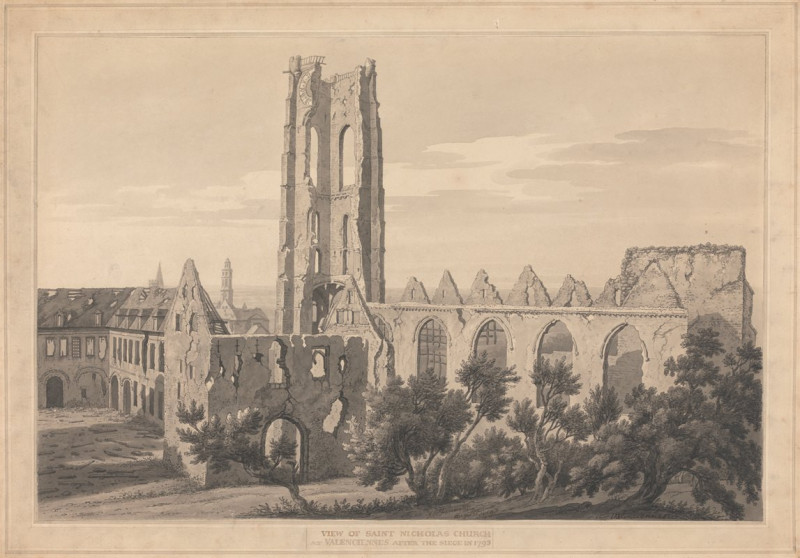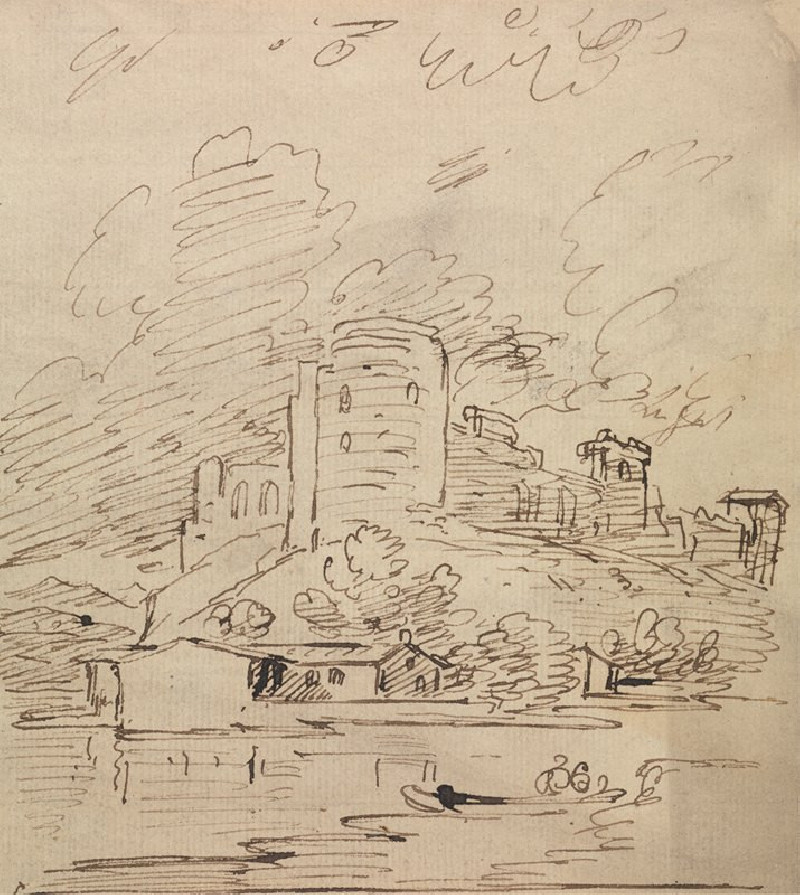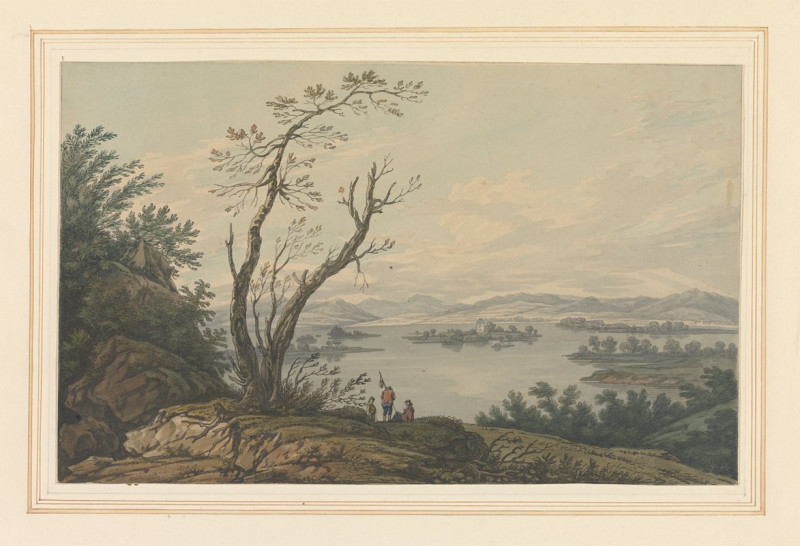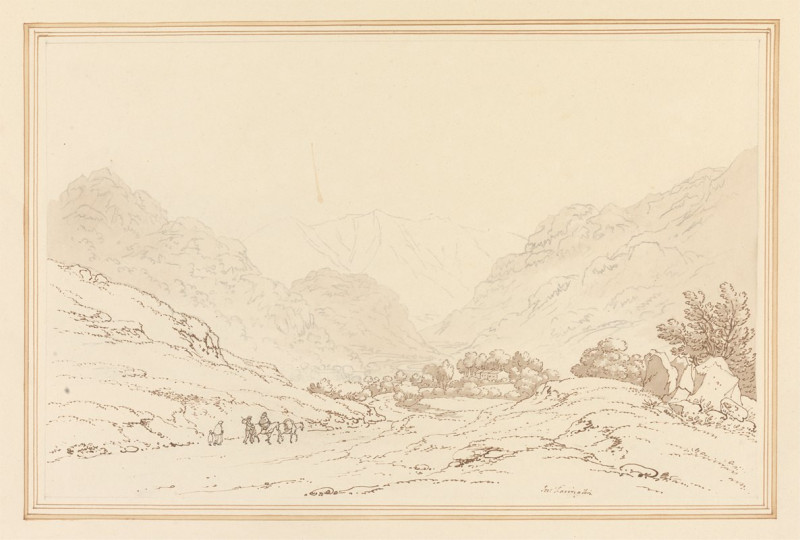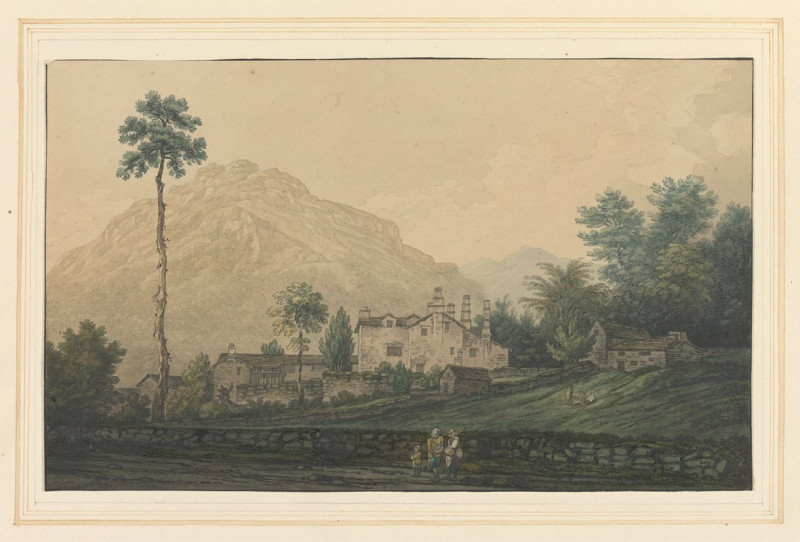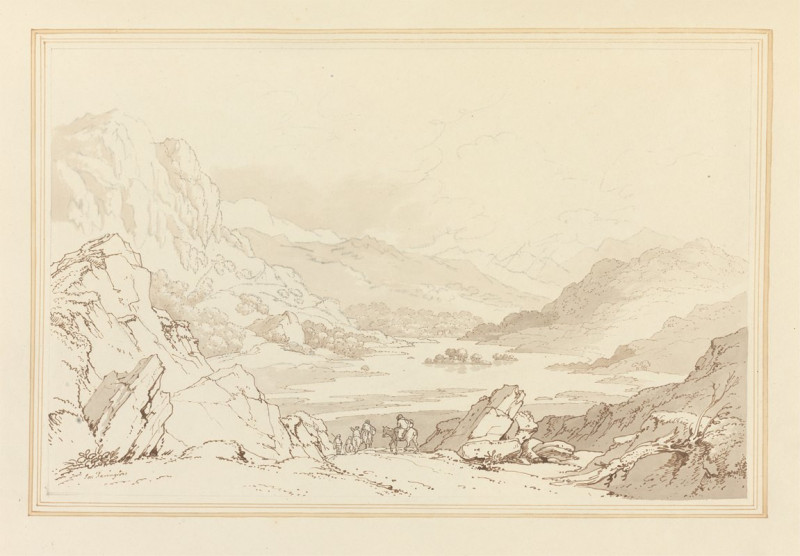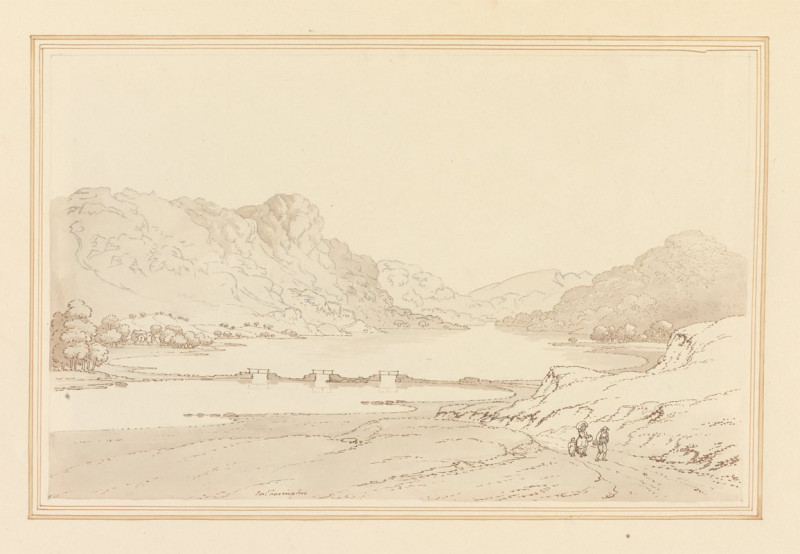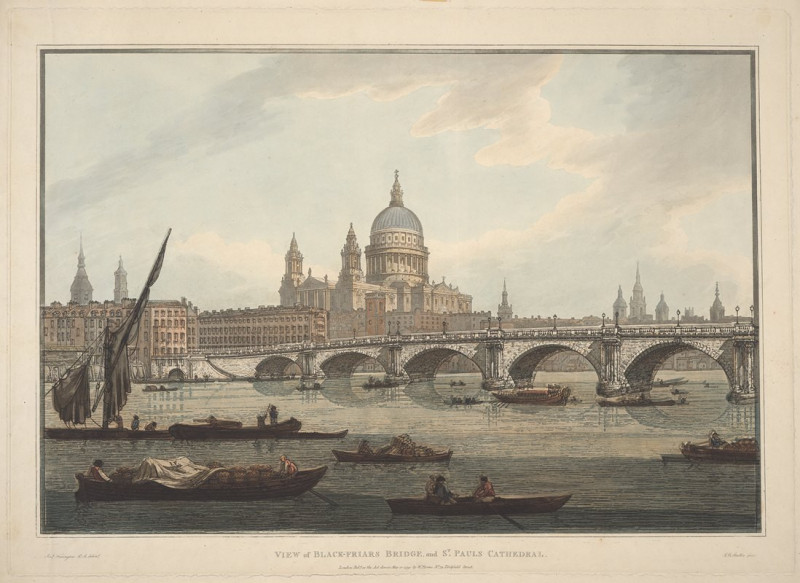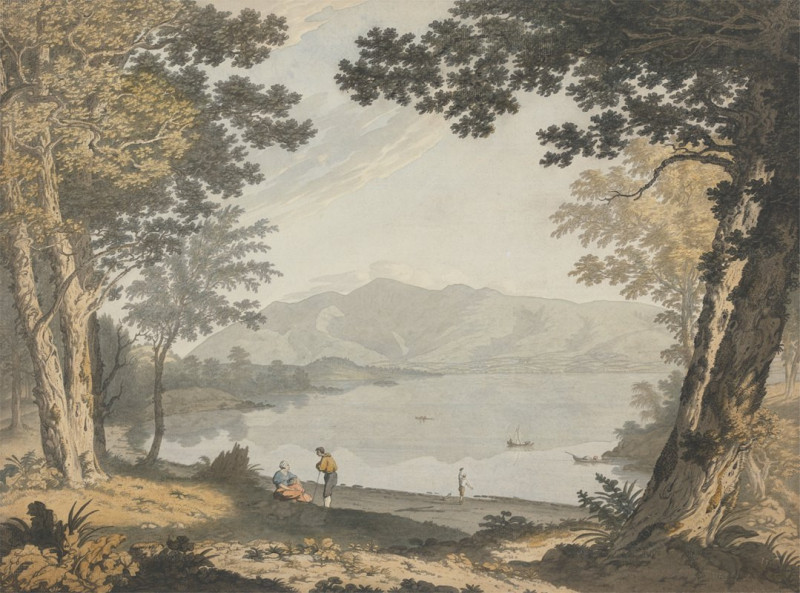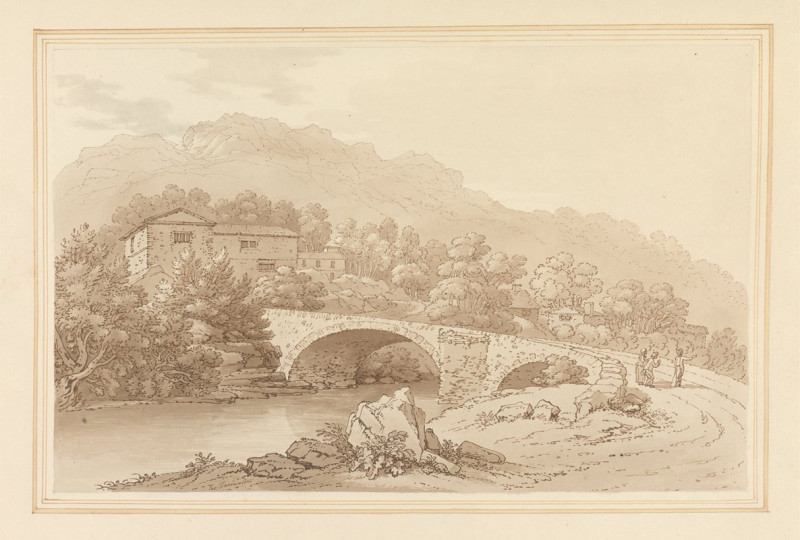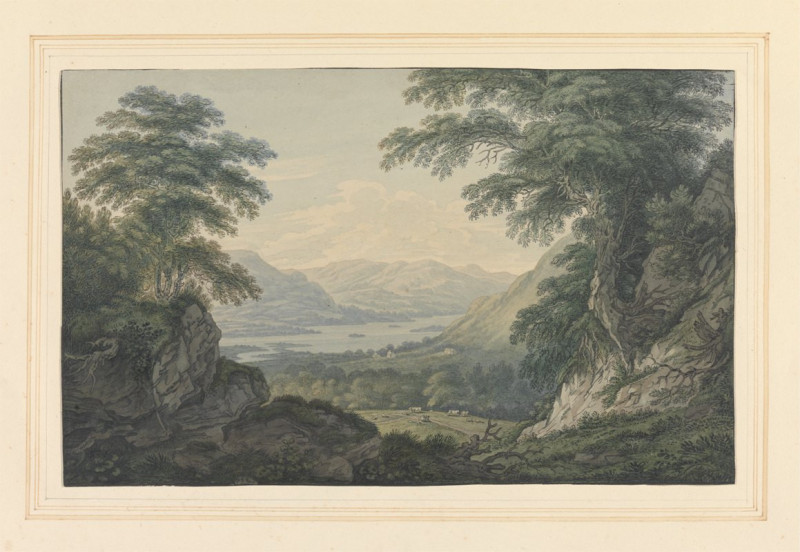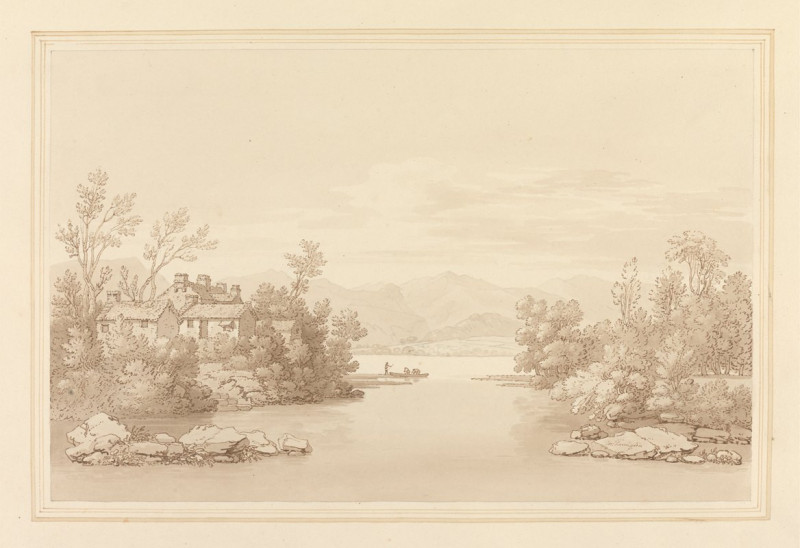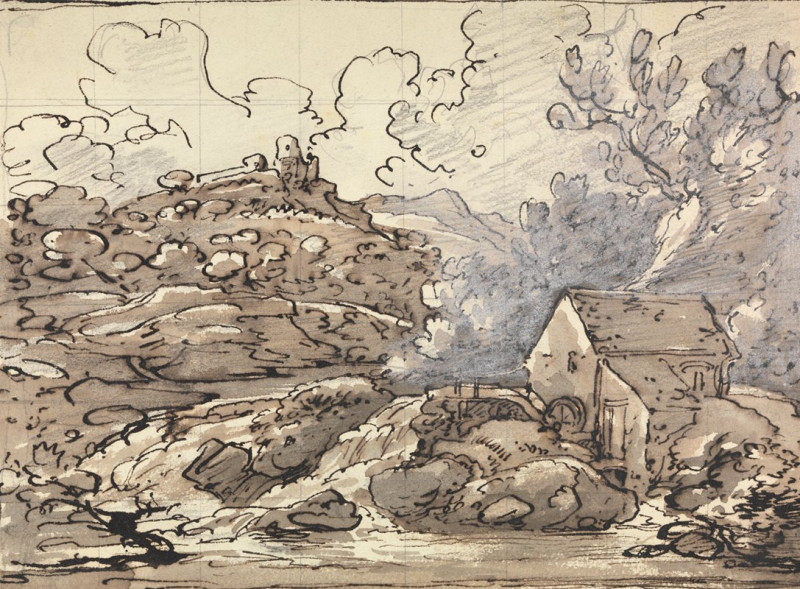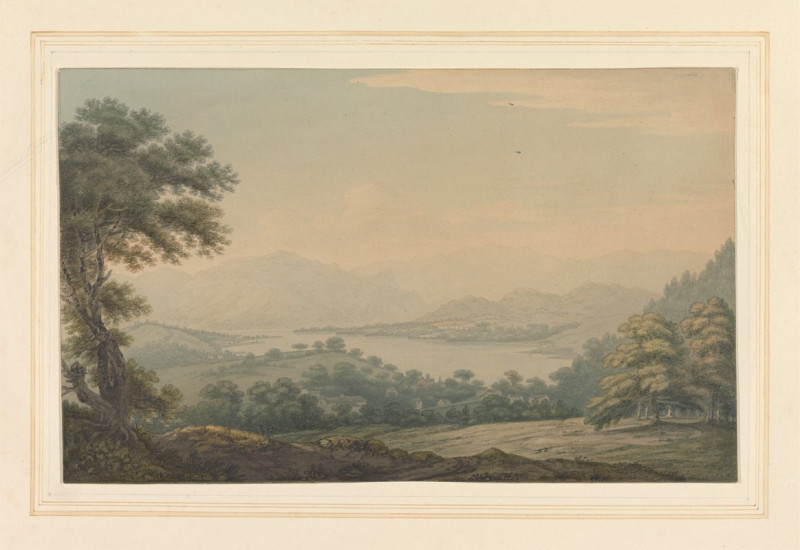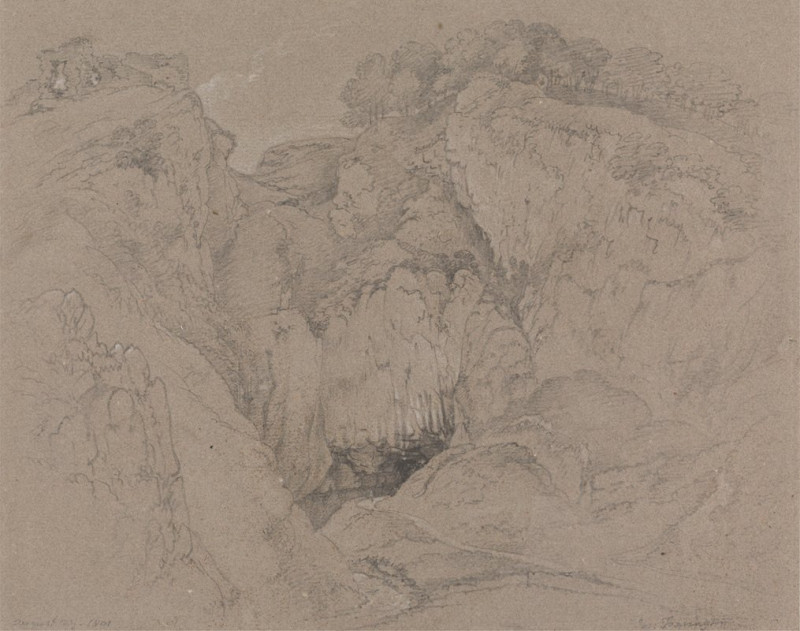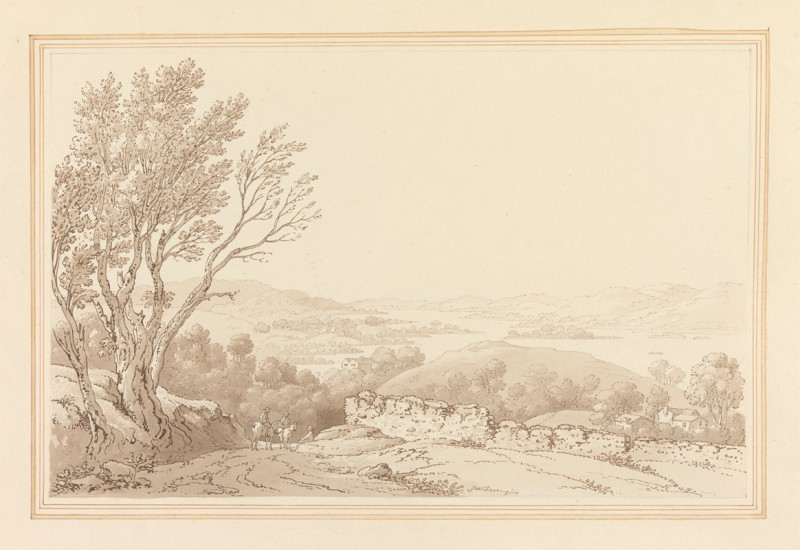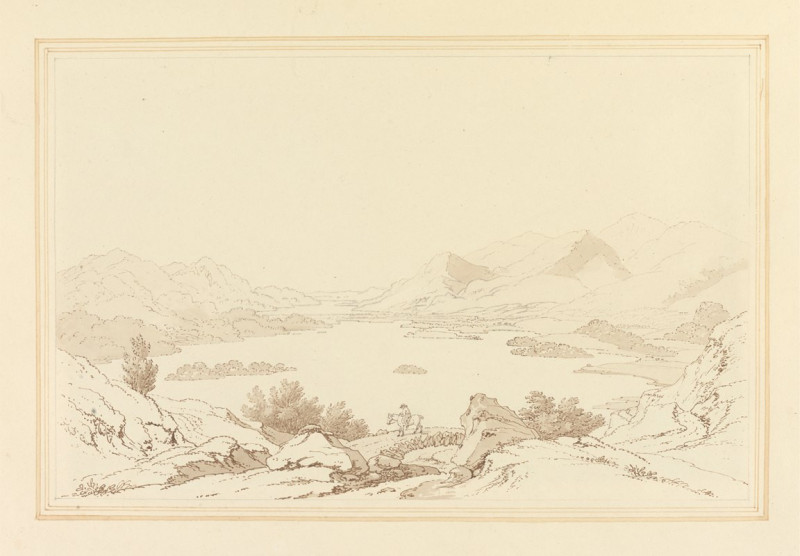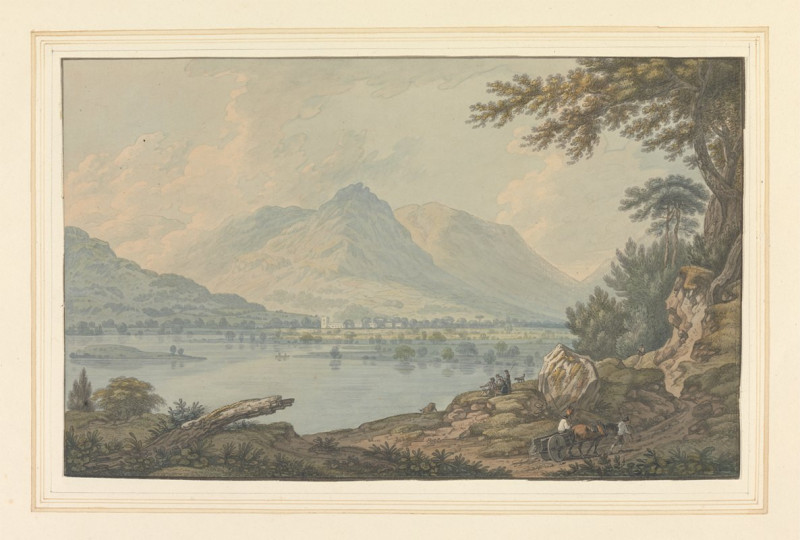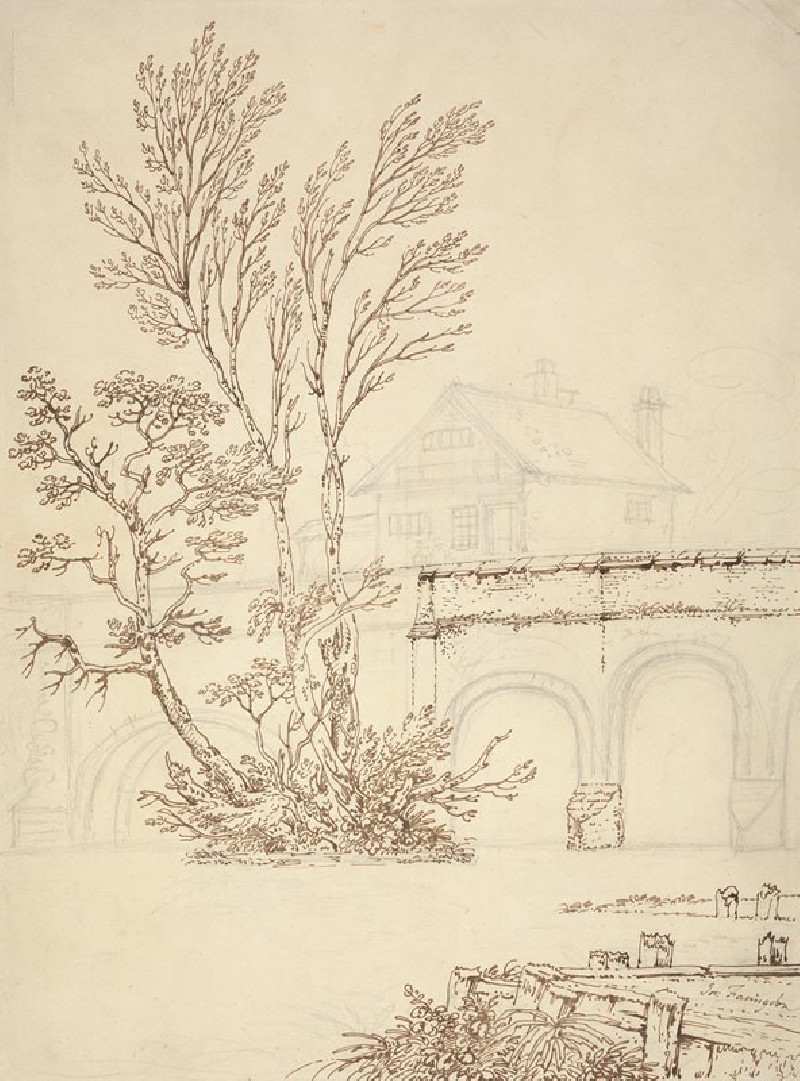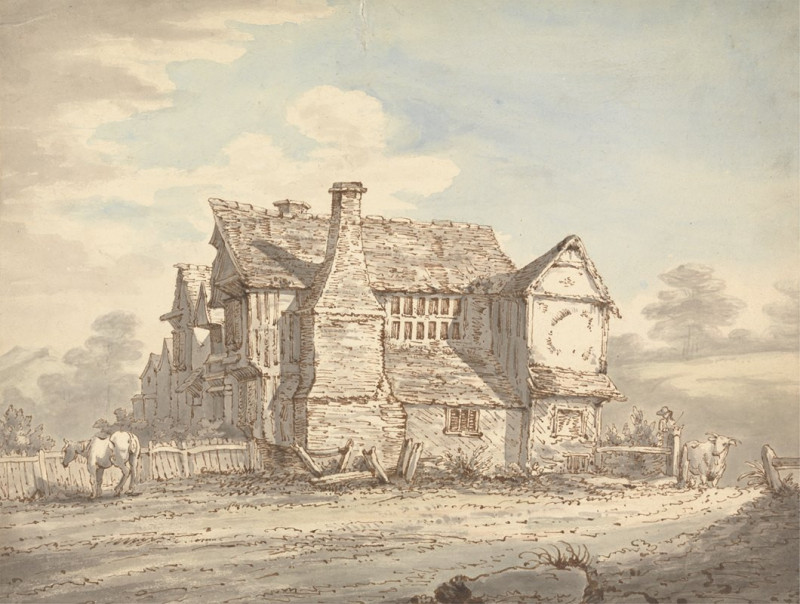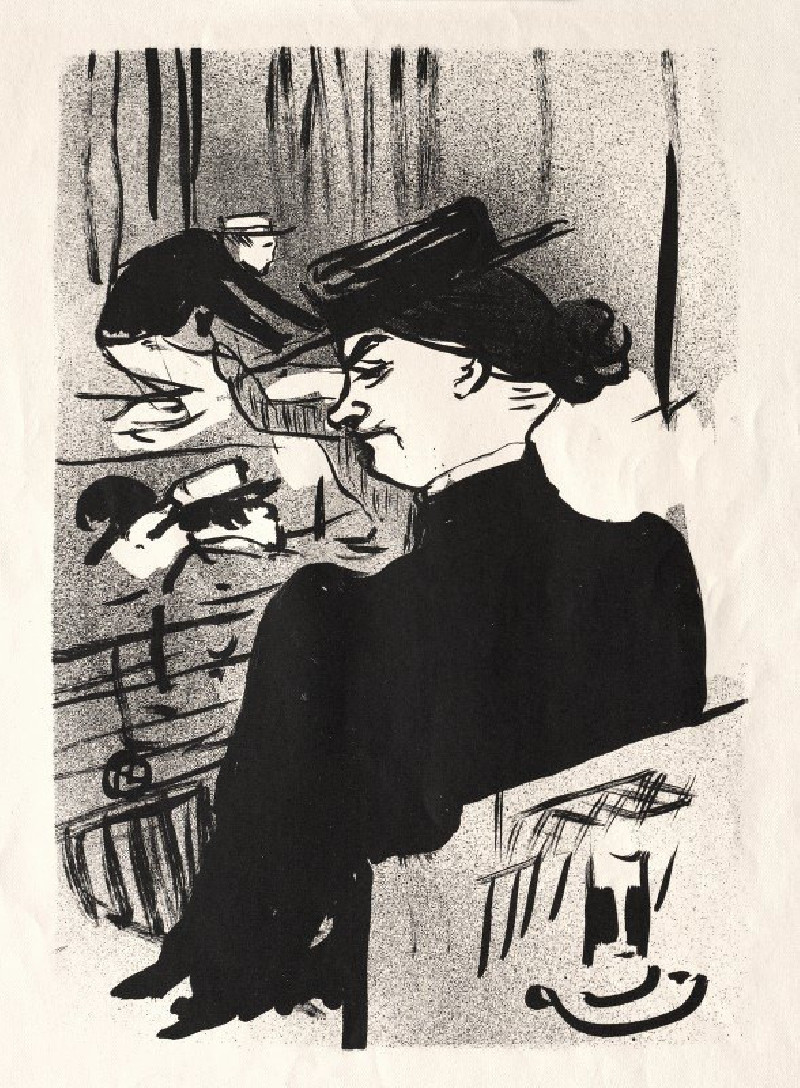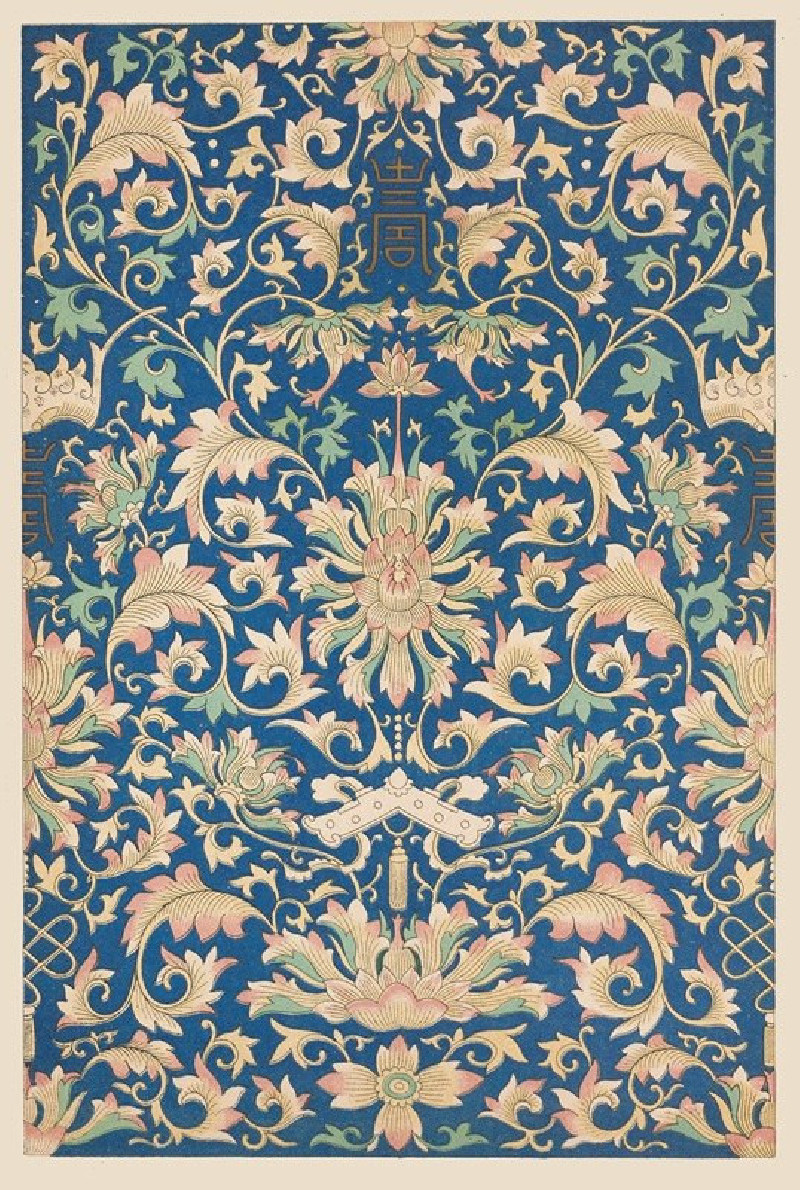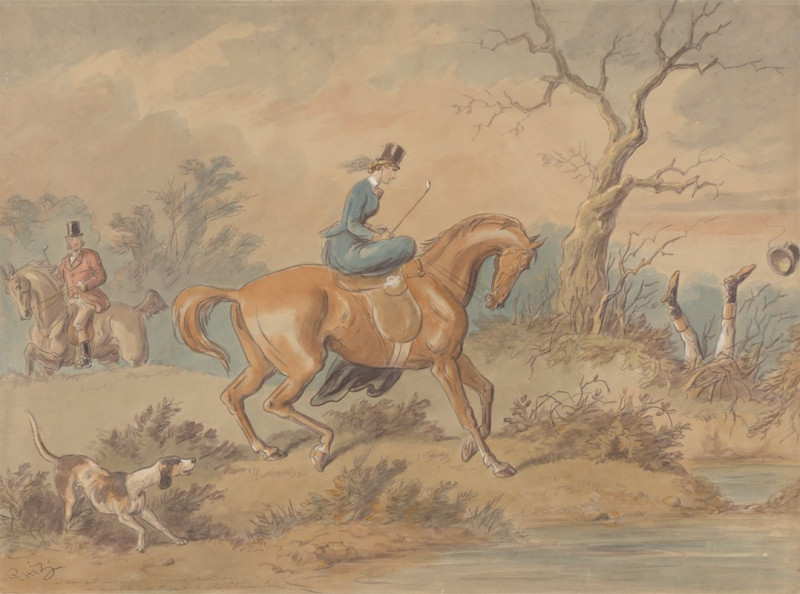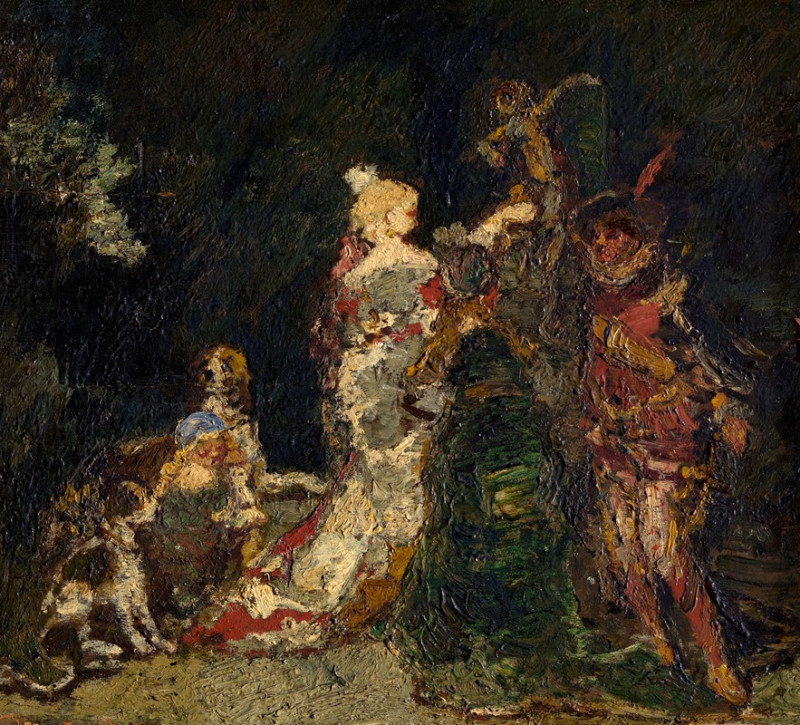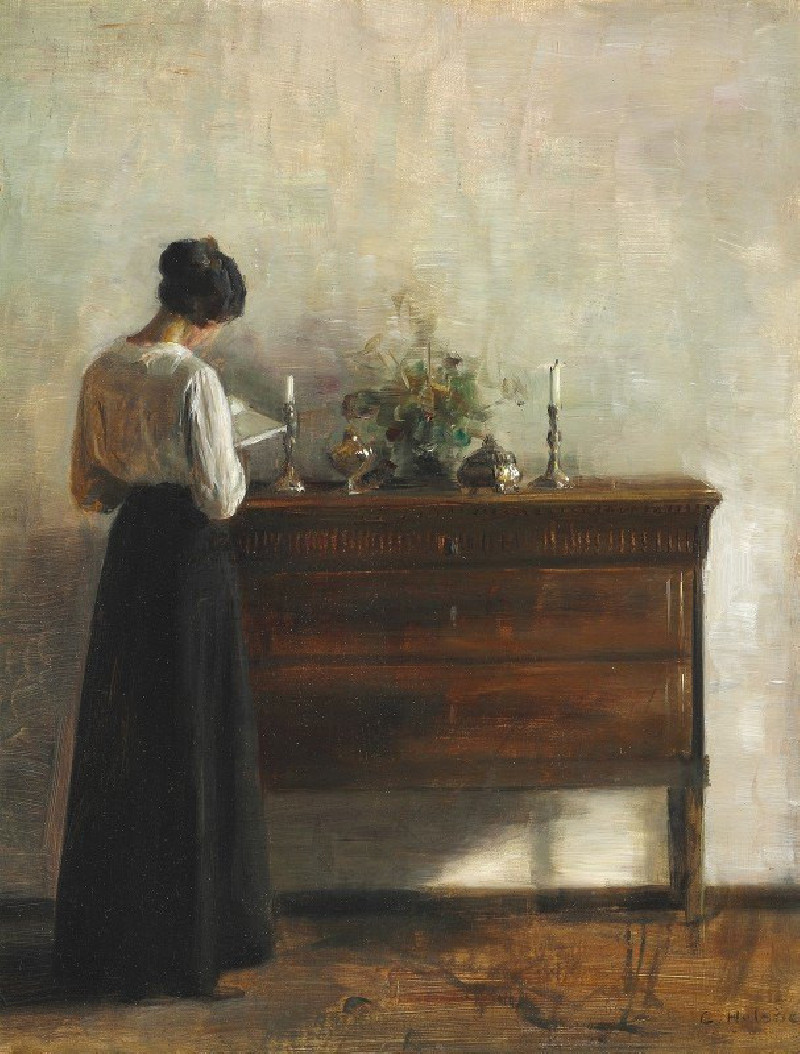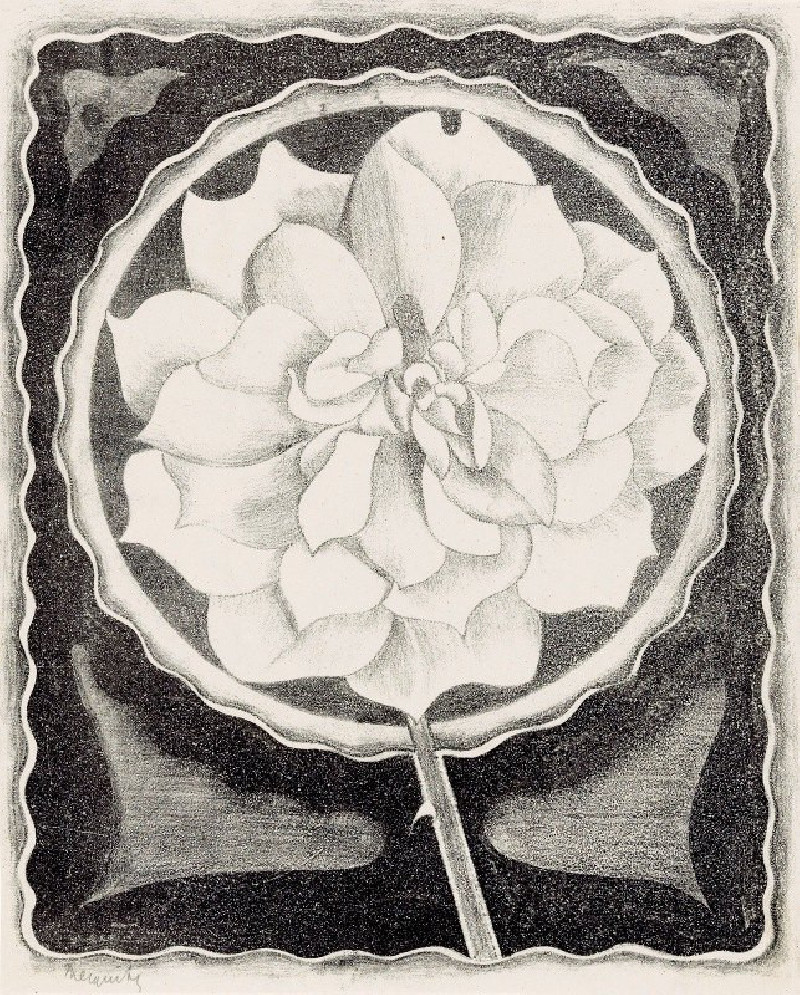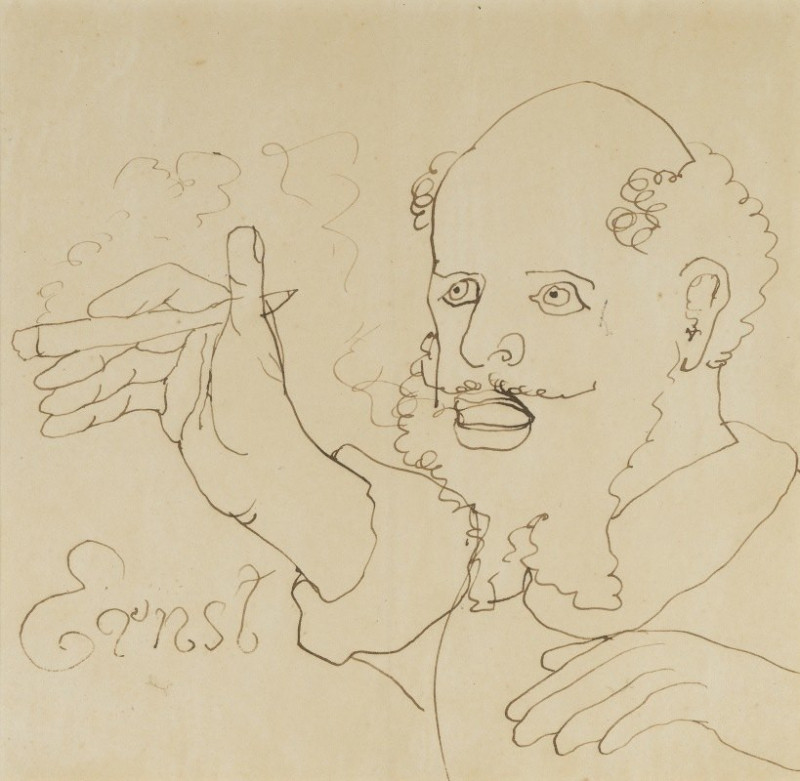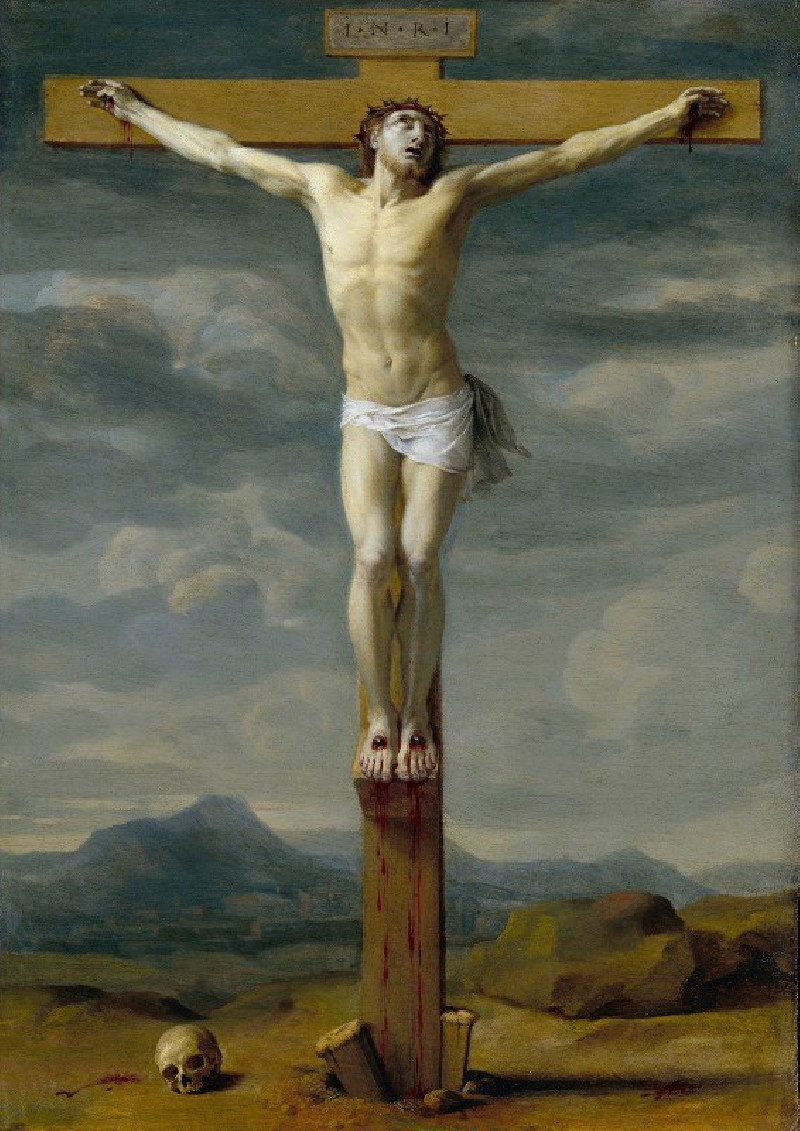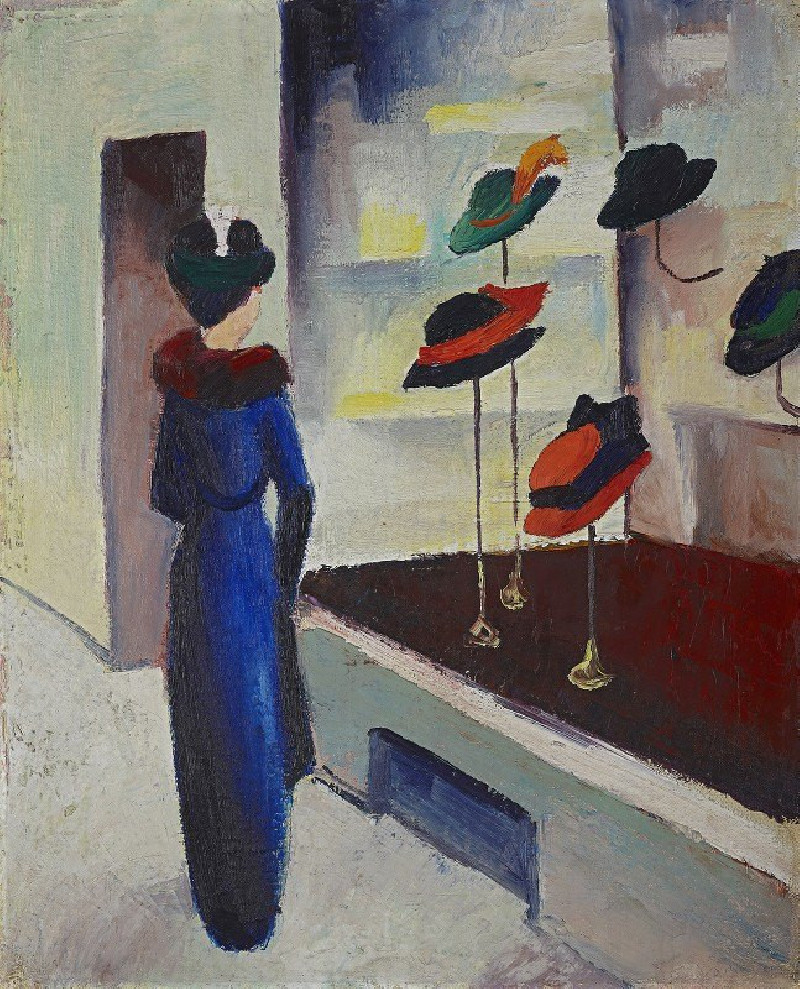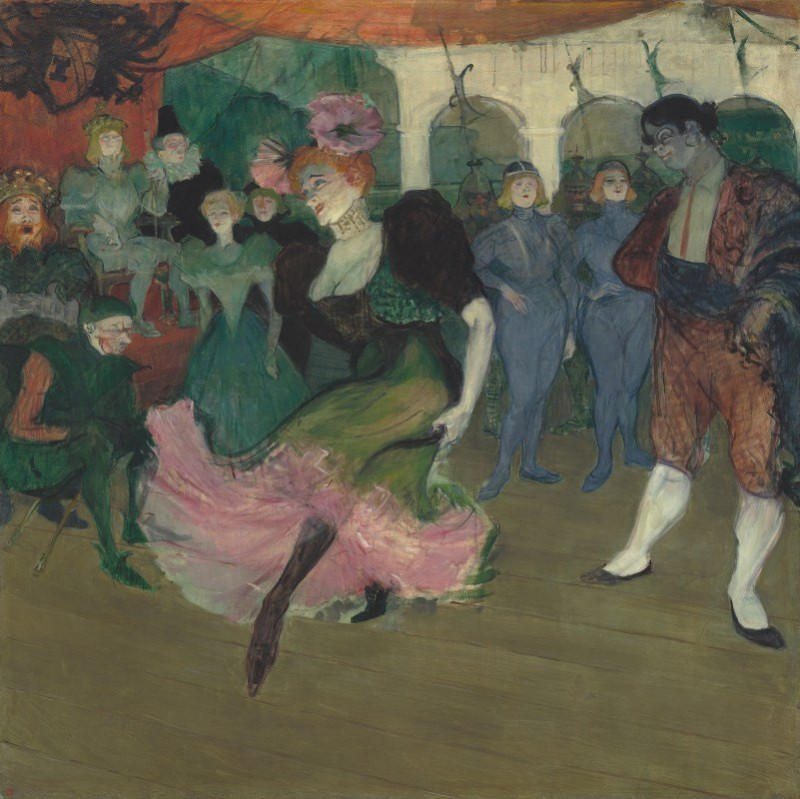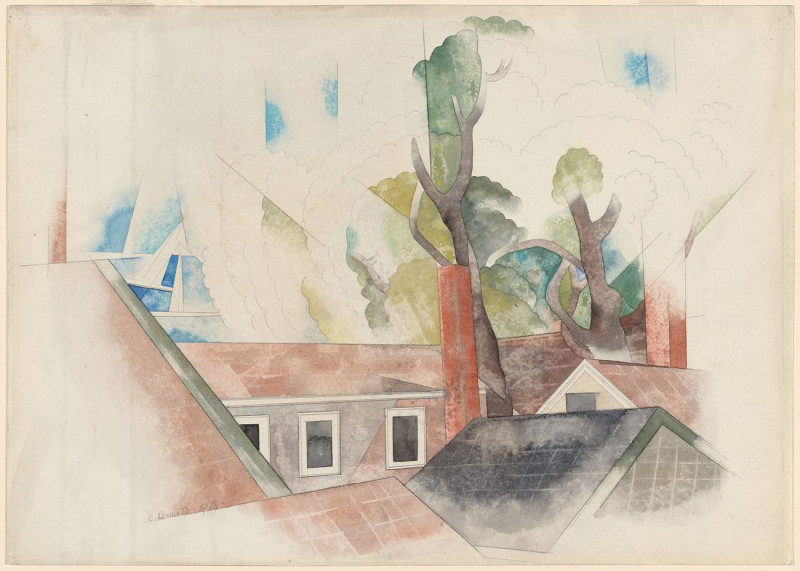View of St. Nicholas Church at Valenciennes after the Siege (1793)
Technique: Giclée quality print
Recommended by our customers
More about this artwork
In the evocative artwork titled "View of St. Nicholas Church at Valenciennes after the Siege (1793)" by Joseph Farington, the poignant aftermath of conflict is masterfully captured through delicate yet dramatic brushwork. This painting presents the haunting ruins of St. Nicholas Church in Valenciennes, a somber reminder of the destructiveness of war.Set against a subdued, cloud-streaked sky, the skeletal remains of the church tower stand prominently, towering over the crumbling walls and shattered archways. The remnants of what was once a magnificent structure are rendered in meticulous detail, emphasizing the broken masonry and exposed openings that now mark the face of the church.Amidst the desolation, nature quietly reclaims the scene; small trees and shrubs sprout among the ruins, softening the harsh lines of fallen stone and brick with touches of resilient greenery. This subtle interplay of destruction and growth offers a poignant commentary on hope and renewal in the face of adversity.Farington's use of a muted palette underscores the solemn mood of the scene, allowing viewers to reflect on the historical and emotional weight of the moment captured.
Delivery
Returns
Joseph Farington RA was an 18th-century English landscape painter and diarist.
Born in Leigh, Lancashire, Farington was the second of seven sons of William Farington and Esther Gilbody. His father was the rector of Warrington and vicar of Leigh. Three of his brothers—William, Henry, and Richard—were "employed in the naval service of the East India Company". Edward died of yellow fever when he was 32. Robert attended Brasenose College and became vicar of St George in the East, London (whose advowson was held by Brasenose). George Farington became a painter, like Joseph himself.

